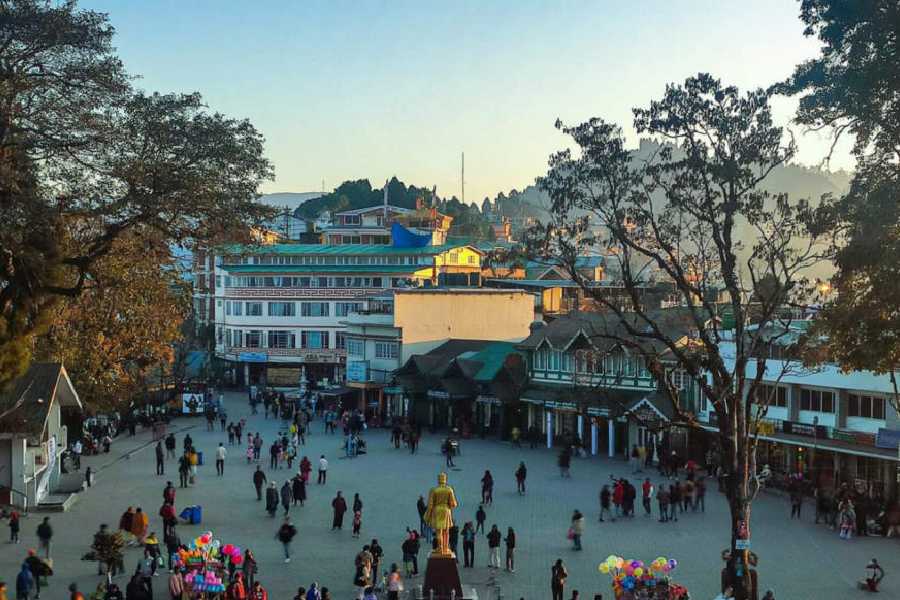Tour operators have said the number of visitors to north Bengal and Sikkim during the ongoing festival period is less compared to previous tourism seasons.
According to the travel agents, reservations in hotels and other accommodations show a decline of around 40 per cent in tourist footfall.
“We have checked with hoteliers and resort and homestay owners across the region. It has been found that the occupancy of rooms is around 40 per cent less this time,” said Raj Basu, the convener of the Association for Conservation & Tourism (ACT).
The dwindling number of visitors, which is a setback for the region that relies on tourism, is because of multiple interconnected issues, Basu said.
“One of the primary challenges lies in transportation. In other popular destinations in south India or Delhi, tourists can travel comfortably with a single vehicle. However, in the Kanchenjungha circuit here, tourists face inconvenience when they need to change vehicles multiple times. This disrupts their unhindered journey and increases transportation costs,” Basu said.
If a tourist takes a cab from the Bagdogra airport or the NJP station to Darjeeling, the same vehicle can’t be used for sightseeing in the hill town. The tourist needs to book a Darjeeling-based taxi to visit places of attraction. Such a rule is followed to ensure enough rides for the Darjeeling-based cabs.
Similarly, a Bengal-registered taxi can’t enter Gangtok town and take tourists to different destinations in Sikkim.
A senior tour operator based in Siliguri said another critical issue which discouraged a section of prospective tourists from visiting the region was the lack of a coordinated tourism policy.
“Even simple activities like trekking in Sandakphu involve numerous checkpoints which create unnecessary delays and inconveniences for tourists. It is necessary to streamline the regulations and make the process more tourist-friendly to augment the inflow of visitors,” Basu said.
The frequent closure of NH10, which serves as the lifeline for Sikkim and Kalimpong, because of landslides is another reason for the decline in the number of tourists.
“The repeated closure of the highway creates uncertainty for tourists. NH10 needs dedicated attention as its closures have an immediate and damaging impact on the local tourism industry. Establishing a reliable, all-weather road route is essential for both accessibility and the region’s safety,” said Sandip Das, who runs hotels in Sikkim.
Samrat Sanyal — the general secretary of the Himalayan Hospitality and Tourism Development Network, an apex body of tourism stakeholders — said there was a sudden halt in the arrival of Bangladeshi tourists, especially after the downfall of the Sheikh Hasina government in the neighbouring country.
“Bangladeshis make up a significant portion of the total tourists visiting Sikkim and north Bengal. The absence of the Bangladeshi visitors has a discernible effect on local businesses,” said Sanyal.
“A comprehensive tourism policy, improved infrastructure and a focus on making the region more accessible are some of the vital steps which the governments of Bengal and Sikkim should take up in association with the Centre,” he added.











